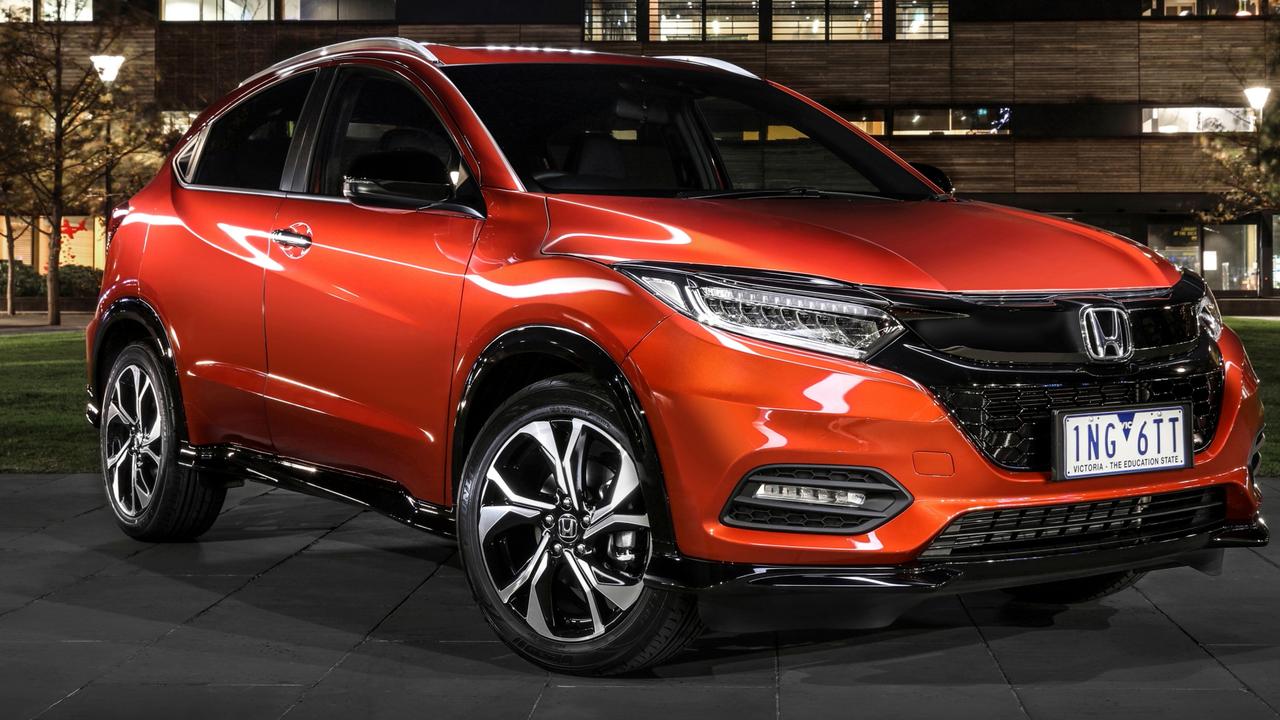Subaru Forester review: Forester on fire
The family wagon of choice for those wanting to tackle a dirt road or two becomes a little more desirable.

THINGS have changed considerably since the first Subaru Forester arrived on our shores in 1995. There are fewer forests for a start.
The automotive landscape has changed, too. The Forester was a pioneer: a smaller, more city-friendly alternative to the big barges people had to drive if they wanted to venture down a dirt track.
Now it’s just one among a sea of SUVs vying for buyers’ attention. Competition is fierce and if you stand still you get left behind.
With that in mind, Subaru has given its fourth-generation Forester a mild tweak. We’re driving the middle of the range 2.5i-S, which starts from $39,490 plus on-roads.
DESIGN
The Forester has always been more about utility than style. The boxy profile may not be the most attractive on the block but it pays dividends in the cabin.
The generous headroom front and rear make it the SUV of choice for professional basketballers, while leg room is also generous in the back. Vision is also above par from the driver’s seat with the upright side pillars allowing for an unimpeded view of the surrounding traffic.
As with the past few Subarus, interior fit and finish have improved from the dark days following the GFC, when the bean-counters had the upper hand and cheap plastic surfaces abounded in the cabin. The latest Forester cabin is comfortable, functional and attractive.
The touchscreen infotainment menus are simple to use, while the audio sound is above average and the Bluetooth and voice prompts work well. The S model costs $6500 more than the base model but extras include a more powerful engine, leather seats, auto emergency breaking and satnav.
Subaru is one of few brands with a full-size spare on the mid-sized SUV, which is admirable but comes at the cost of luggage space. It has one of the shallower cargo areas in the class.
ABOUT TOWN
There is a red-light running cyclist who owes a debt to Subaru engineers. The brand’s automated emergency braking technology, which uses cameras to scan the road ahead, picked up the daredevil law-breaker before I had a chance to react, giving the brakes a slight jab to make sure we avoided him.
The technology is standard on the Forester we were driving but optional on the base model. I’m officially a fan.
Apart from that, the Forester is well matched to the urban crawl. The latest tweaks have focused on reducing noise and vibration in the cabin, with thicker glass, more sound dampening materials and thicker door seals.
Subaru claims a 5 per cent reduction in noise but that’s hard for occupants to judge. What’s easier to notice is the change in the continuously variable transmission, or CVT.
CVTs tend to rev high and whine a lot when pushed hard but the Forester’s transmission has artificial steps that make it feel more like a conventional job — and keep the engine noise and vibration down. The S model also gets paddle-shifters for those who want to change gears themselves.
Suspension tweaks also mean the Forester copes well with potholes and corrugations at low speeds.
ON THE ROAD
At higher speeds, the Subaru feels safe and secure. Despite sitting higher off the ground than most of its rivals, it sits reasonably flat through corners, while the extra grip provided by the constant all-wheel-drive adds a further safety net.

It’s not the most engaging of the city SUVs to drive but the steering is accurate and it feels agile for an SUV that has more genuine off-road credentials and better ground clearance than the competition.
The engine isn’t at the pointy end of the field for responsiveness or fuel consumption, but neither is it off the pace. It may lack the torque of some rivals’ turbos but it gets the job done, thanks to the CVT keeping the revs in the sweet spot.
VERDICT★★★½
The Forester is hamstrung in the sales race by Subaru’s insistence on all-wheel-drive and competent off-road manners. There’s no cheaper 2WD option at the bottom end and the extra weight of the all-wheel-drive mechanics mean it’s no fuel sipper.
However, it is a comfortable, capable and well-equipped family wagon — and the best option for those who want to tackle a dirt road or two.
VITALS
Subaru Forester 2.5i-S
PRICE $39,490
WARRANTY 3 years/unlimited km
CAPPED SERVICING$2203 over 3 years
SERVICE INTERVAL 6 months/12,500km
SAFETY 7 airbags, ★★★★★
ENGINE 2.0-litre 4-cyl, 126kW/235Nm
TRANSMISSION CVT; AWD
THIRST 7.2L/100km
DIMENSIONS 4610mm (L), 1795mm (W), 1735mm (H), 2640mm (WB)
WEIGHT 1567kg
SPARE Full-size
TOWING 1500kg
AT A GLANCE
WHAT IT’S GOT
Leather trim, heated front seats, auto tailgate, full-size spare, seat belt warnings for all five seats, satnav, sunroof, automated braking.
WHAT IT HASN’T
Aircon vents for rear seats, blind spot or lane departure warning, active cruise control.
OWNERSHIP
The three-year/unlimited km warranty is average and Subaru’s capped-price servicing is among the most expensive in the industry, costing $2203 over three years. On the flip side, resale value rivals the luxury brands.
WHAT WE LIKED
Automated emergency braking, spacious cabin, good roadholding and comfortable ride, well equipped.
WHAT WE DIDN’T
Better than most other examples, the CVT still doesn’t lend itself to sporty driving. Top-spec models should have more crash avoidance gear.
ALSO CONSIDER
Mazda CX-5 Maxx Sport AWD $35,790
Cheaper and still the benchmark in the class, with great road manners and efficient engine.
Hyundai Tucson Elite AWD $38,240
Punchy turbo engine, comfortable ride, good roadholding but missing safety items.
Kia Sportage Platinum CRDi $41,590
More expensive but more grunt from diesel engine and great-looking cabin.




